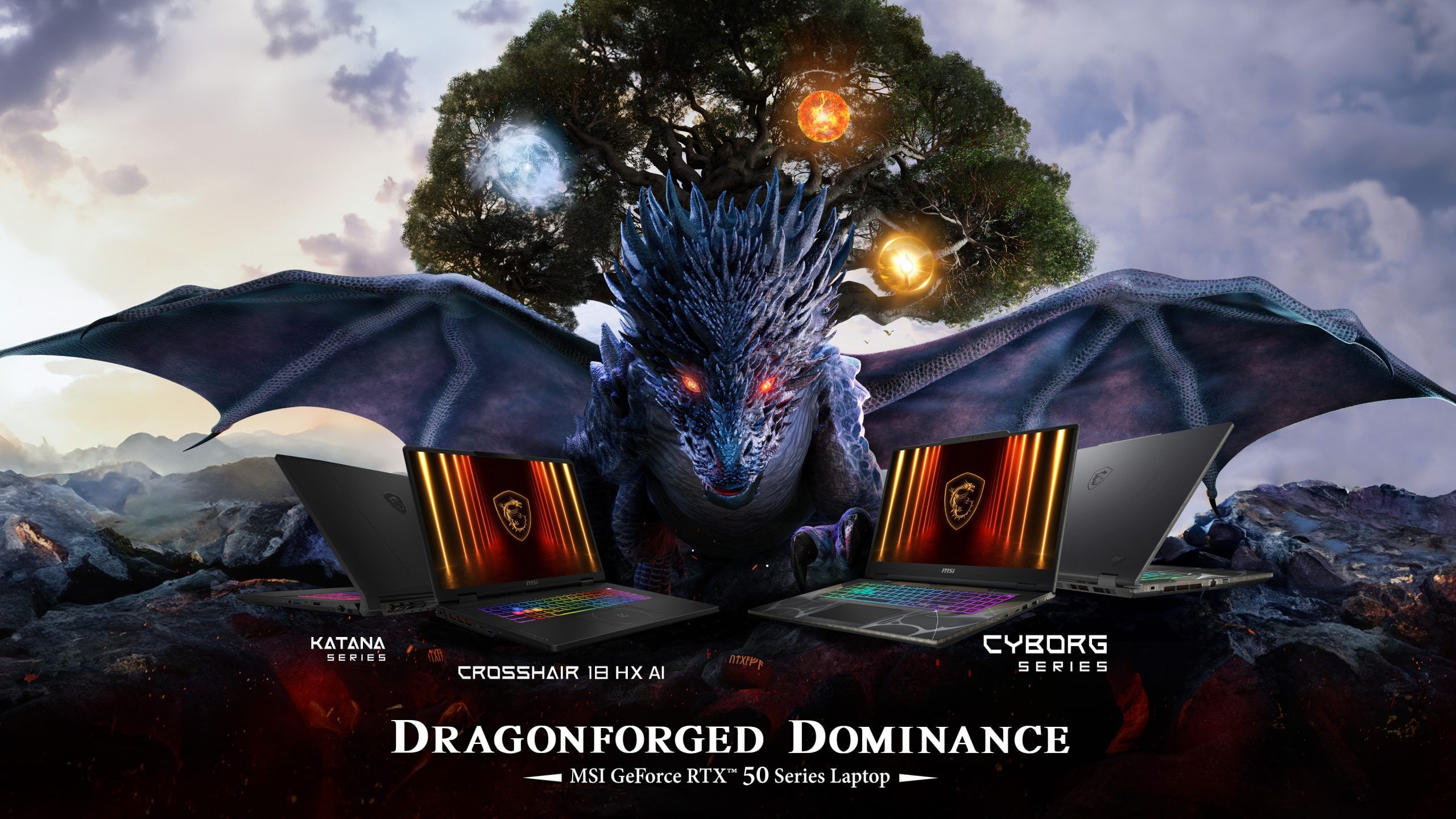Intel is set to receive a substantial boost with Nvidia’s announcement of a $5 billion investment. This strategic move grants…
Browsing: NVIDIA
The recent actions of former President Trump suggest a potential realignment of global alliances, with a shift away from Russia…
MSI has launched a new range of gaming laptops in India, now equipped with the latest NVIDIA GeForce RTX 50…
In a move towards advanced manufacturing, Nvidia and Foxconn are joining forces to utilize humanoid robots in the production of…
According to reports, OpenAI is set to launch its own AI training chip, potentially in Q4 2025. The ASIC, being…
New Delhi: The Trump Administration is reportedly Weighing new restrictions on chinese ai firm Deepsek which would block it from…
New Delhi: As Sam Altman-run OpenAI announced the Stargate Project which intends to invest $500 billion over the next four…





